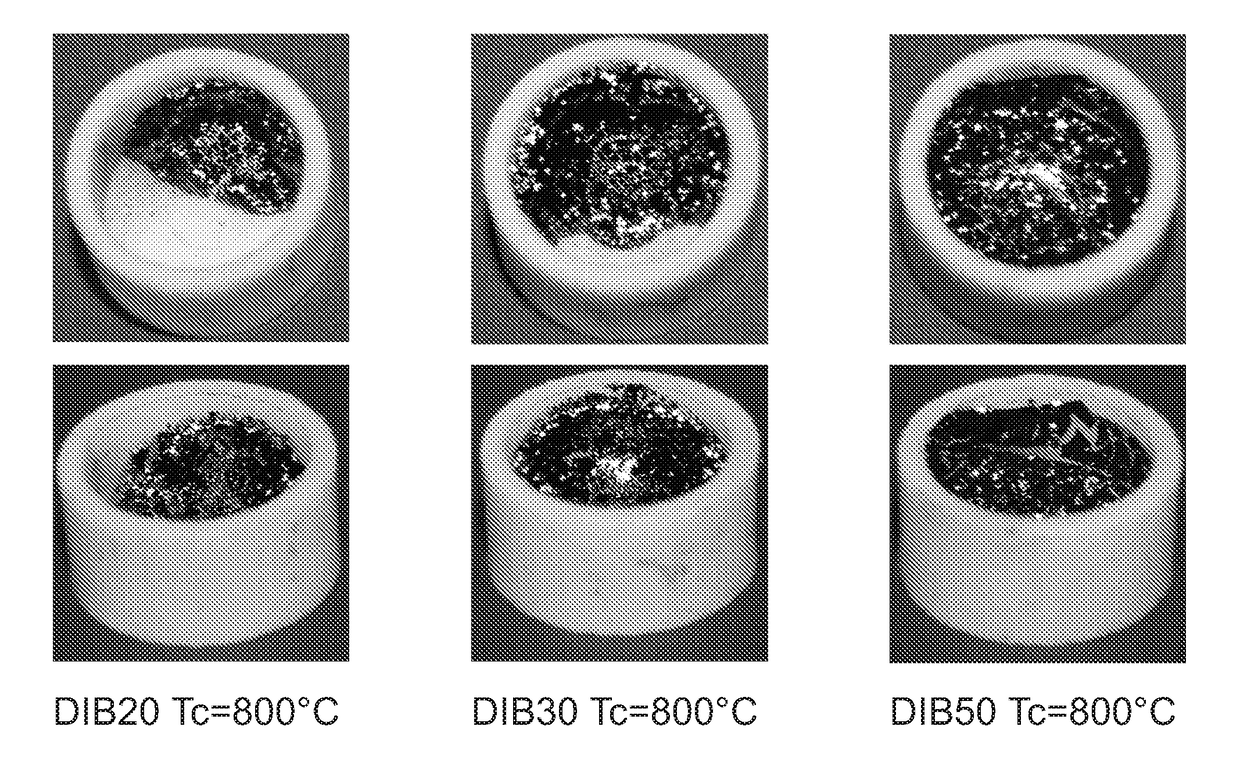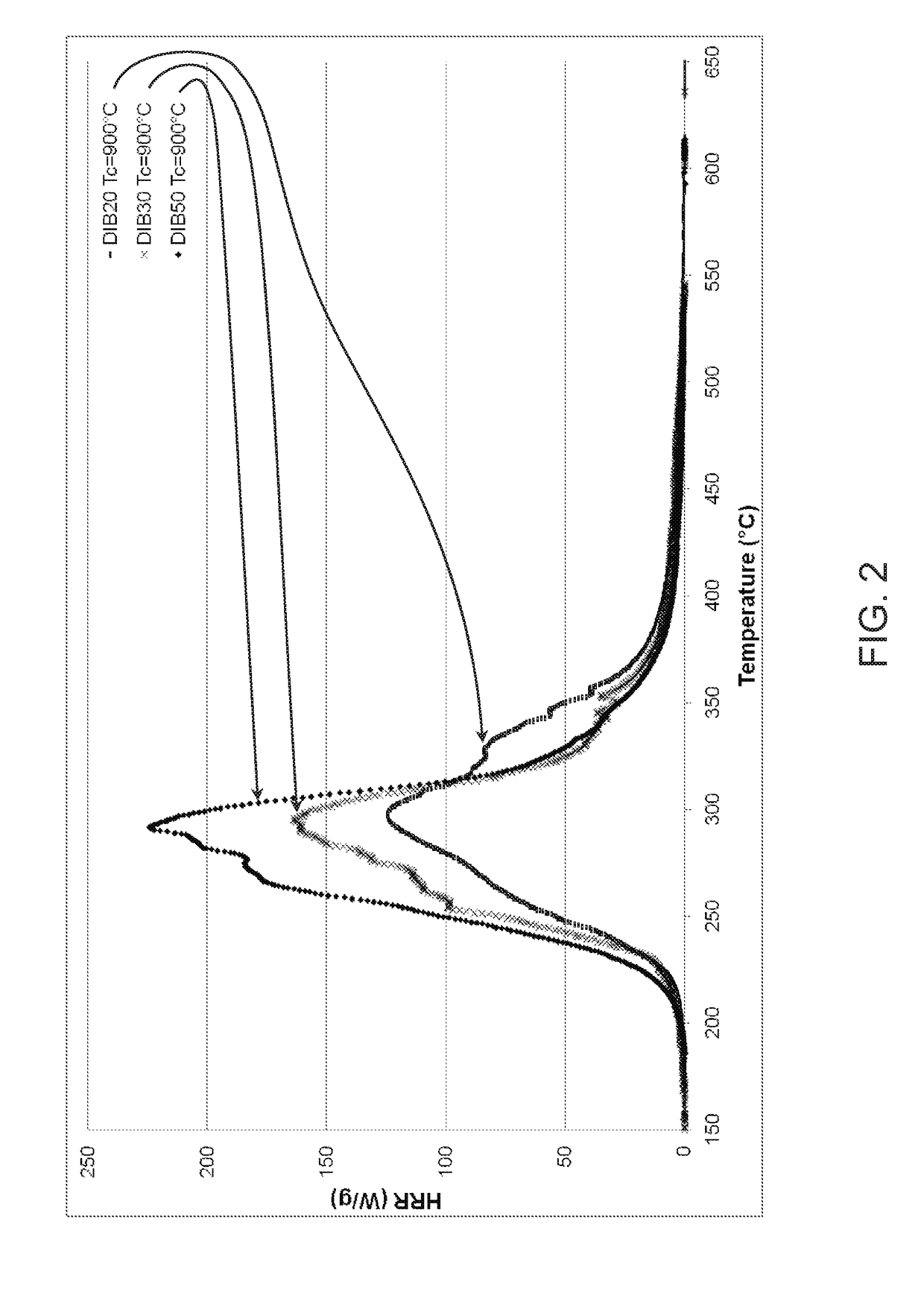Methods of utilizing elemental sulfur for flame retardant polymers and additives
a flame retardant polymer and elemental sulfur technology, applied in the field of flame retardants, can solve the problems of increasing the risk of fire, preventing the use of clothing constructed from acetate, nylon, polyester, rayon, etc., and enhancing char formation, preventing fire from spreading
- Summary
- Abstract
- Description
- Claims
- Application Information
AI Technical Summary
Benefits of technology
Problems solved by technology
Method used
Image
Examples
Embodiment Construction
[0022]As used herein, the term “char” is defined as a carbonaceous residue resulting from the conversion of an organic matter, usually through pyrolysis. Char formation results from the action of substances which are able to reticulate a burning substrate and to create a charring insulating layer.
[0023]As used herein, the term “intumescence” is defined as a mechanism that creates a foamed charring structure which forms a barrier to prevent flame and oxygen from reaching a substrate. Typically, an intumescent substance will swell as a result of heat exposure, thus increasing in volume and decreasing in density. When heated, an intumescent can produce charring.
[0024]As used herein, the term “amine monomer” is a monomer having at least one amine functional group. The amine monomer may be polymerizable through its amine functional group. In one embodiment, aromatic amines and multi-functional amines may be used. Amine monomers include, but are not limited to, err-phenylenediamine, and p...
PUM
| Property | Measurement | Unit |
|---|---|---|
| wt % | aaaaa | aaaaa |
| wt % | aaaaa | aaaaa |
| wt % | aaaaa | aaaaa |
Abstract
Description
Claims
Application Information
 Login to View More
Login to View More - R&D
- Intellectual Property
- Life Sciences
- Materials
- Tech Scout
- Unparalleled Data Quality
- Higher Quality Content
- 60% Fewer Hallucinations
Browse by: Latest US Patents, China's latest patents, Technical Efficacy Thesaurus, Application Domain, Technology Topic, Popular Technical Reports.
© 2025 PatSnap. All rights reserved.Legal|Privacy policy|Modern Slavery Act Transparency Statement|Sitemap|About US| Contact US: help@patsnap.com



